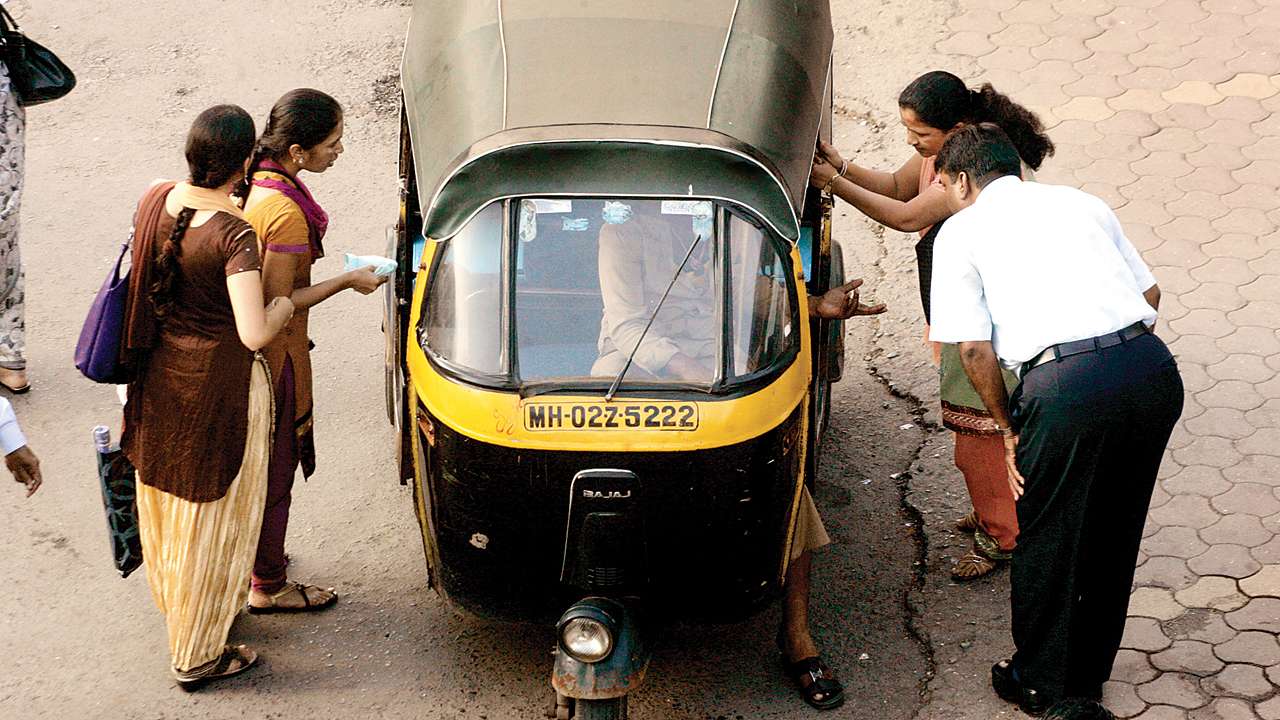
In transportation lingo, “last mile connectivity” refers to getting people from a transportation hub like a railway station, bus depot or metro station to their final destination or vice versa. In other words, from origin to transit system or transit system to origin. Although millions are spent in building mass transit networks like metros, accessibility to the metro station is often not thought about. Transport planners slowly realise that getting to the metro station itself is no mean feat for residents of the catchment area because distances from home to transportation hub have become significant, as cities keep expanding. To attract more users to the mass transit system depends a lot on how easy it is to get the station. Passengers need to arrive at the station in a manner which is time saving, convenient and comfortable. For all these reasons, last-mile connectivity has attracted the attention of city planners.
A survey on last mile connectivity carried out by World Resources Institute in selected metro stations of Bengaluru showed that 63 per cent of the people used the bus to reach the metro station while the modes used by the remaining 27 per cent were autos, private cars, walking and cycling. However, the users were far from satisfied with the manner in which they were reaching the metro station. Among the users, 65 per cent felt the bus service was inadequate and 58 per cent said autos were unavailable when they needed them.
Those who bring private vehicles face the issue of parking. Shared autos have emerged as a popular option, charging Rs 10 per passenger but this has not been due to any government intervention but a demand-supply outcome. E-rickshaws have emerged in several Delhi neighbourhoods as an affordable and comparatively faster mode for last-mile connectivity. The government has tried to regularise this sector by standardising and simplifying the procedures for registering of e-rickshaws. In developed countries, as a single organisation runs the bus and the metro or tram system of a city, passengers can use a single card to pay for the bus and the metro ride. The Delhi Metro Rail Corporation (DMRC) runs 200 feeder buses on 40 routes which ferry people to the nearest metro station. Recently, in February 2018, the DMRC introduced a common card by which passengers can pay for their tickets on the bus, the metro and even the parking lot, if they are coming to the station by private vehicles. The number of buses is inadequate to meet the needs of the burgeoning network of Delhi metro which is growing every few months.
In a survey of last-mile connectivity among Delhi metro users done by the School of Planning and Architecture (SPA) Delhi, it was found that those who took a cycle or auto rickshaw in the mornings from home to metro did not do so in the evenings. They preferred to walk home, possibly because they are in less of a hurry in the evenings. They spent more on the trip from home and much less on the trip back home. But the walking environment in any Indian city is dismal. Not surprisingly, women and the elderly in the survey who walked home complained that it was too long and tiring a walk and the environment itself was unpleasant.
It is increasingly being realized that adding more buses to the road is only increasing congestion and pollution. Instead, focusing energies on improving the user experience of walkers and cyclists is more in line with the needs of the future. Bike-sharing has emerged as a popular and effective way of solving the last-mile connectivity problem in many European cities. In India, bike-sharing initiatives have been tried in Mumbai and Pune by Cycle Chalo and in traffic-ridden Bengaluru through Nama Cycle, launched by the Indian Institute of Science. An app called Mobycy aimed at “dockless bike sharing”, specifically aimed at erasing last-mile connectivity woes was launched recently.
It enables users to pay a fee, then scans or types a code to get the cycle lock to retract. He/she can then ride and park in any place where public parking is allowed. The next person who needs a bike from that point will do the same, unlock the bike and ride on. This needs special electronic bikes and sadly Mobycy is already grappling with bike thefts in Gurgaon as locked bikes were physically lifted and stolen. In a country where a new train like Tejas Express gets vandalised on its inaugural journey, we may have a long way to go before bike-sharing becomes a reality. Yet there is hope as 25-30 per cent of India anyway uses the cycle as the primary means of transport.
The SPA survey showed that more than 50 per cent of those who travel by private cars would use the metro if there was an efficient way to get to the station. Focussing on last-mile connectivity could well be the key to the traffic-ridden lives of urban Indians.
The writer is the author of the book Urban Villager: Life in an Indian satellite town. Views expressed are personal.